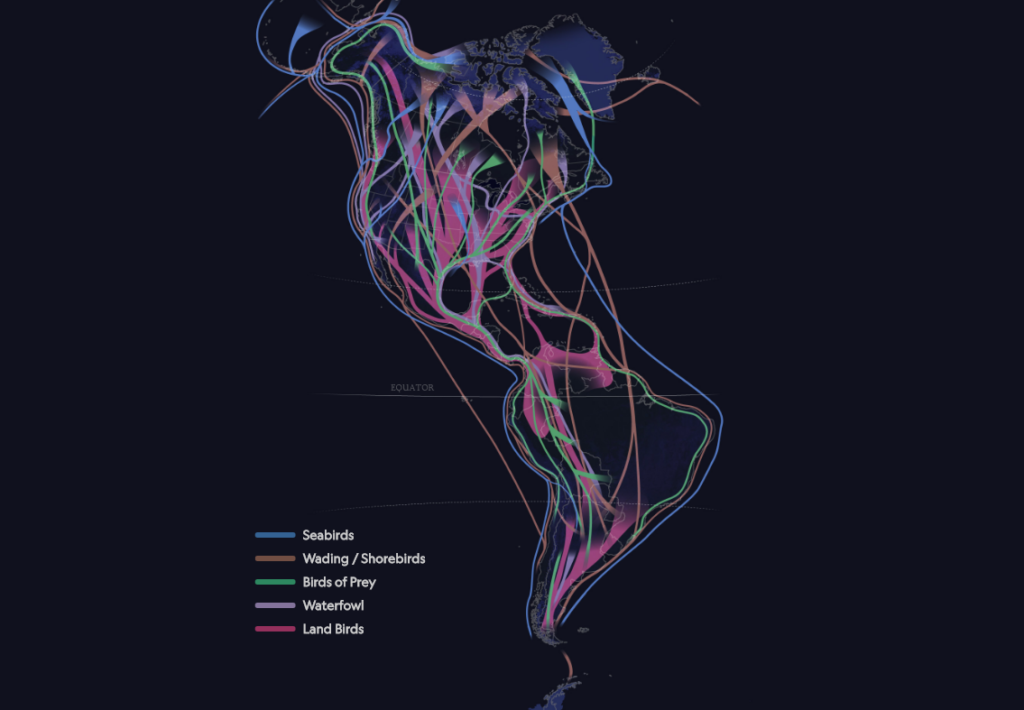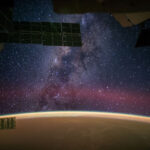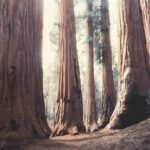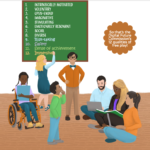
I found myself seriously lost at sea yesterday afternoon…lost on the Info Sea, that is…
It happens despite all my good intentions, skills, and strategies. I think I’m heading here and end up waaaaaaaaaaay over there. I was rescued by creatures highly skilled at navigating the seas—birds. Specifically, the Cornell Lab of Ornithology’s March Cornell Lab eNews that landed in my email box (you can subscribe here). This particular headline in the newsletter got my attention: Billions of Birds Migrate. Where Do They Go? Clicking the link took me here, to a collaboration between National Geographic and the Cornell Lab’s eBird project using citizen science data.
Just how did a website about bird migration help me find my way out of a stormy sea of open browser tabs? Let’s start with my mother Jeanne. When we lived on the outskirts of Cincinnati, Ohio when I was a child, our backyard was a waystation for birds. My mother provided countless pounds of seed and suet throughout the cold and icy winters. Simply by being in her presence, I learned to identify birds beyond the easy to name Cardinal, Robin, Starling, Sparrow. Thanks to Jeanne, I know Towhees, Nuthatches, Flickers, Warblers, Finches, and I can tell a Downy from a Hairy Woodpecker. I remember spotting my first Flicker and Cedar Waxwing here in the San Francisco Bay Area where I live today. I was ecstatic. I can’t explain it.
I am not a birder. I appreciate birders like my mother enough to know I am not one. But I am someone who loves birds…which brings me back to the sea of open browser tabs. The National Geographic/Cornell Ornithology lab site gave me a place to go deep into a topic I really care about and refresh. It told me a story about seven species—Wood Thrush, Western Tanager, White-Throated Sparrow, Magnolia Warbler, Fork-tailed Flycatcher, Broad-winged Hawk, Greater Yellowleg—and the extraordinary journeys they make.
The seven migration animations based on Cornell Lab data moved me with awe. Viewing these migration animations awakened my awareness of our interconnectedness, species with species—for example, I could see just how directly and immediately my coffee-buying inhabits can effect the lives of thousands of songbirds overwintering in Central and South America and dependent on forest habitat. It gave me pause. In the pause, I could reconnect with my inner compass.
I frequently recommend building our skills in talking through how we’re experiencing our interactions with technology. Our children, tweens, and teens need us to model this essential skill. It takes reflection and practice and a goal of transparency—first with ourselves. It takes time. But in taking this time, I think we help ourselves and our kids to strengthen the navigation skills we all need today to engage with the strong winds and wild ocean currents that can and will push and pull us far from where we intend to go. In the longer run, this practice of shared reflection helps us to reclaim our time.
In your family conversations about technology, make sure to share where and when your are experiencing moments of awe as well as the experiences of being lost at sea. What brings you awe? When do you get seasick? As you begin to share your experiences aloud more, you’ll build your skill at noticing when you’re being pushed and pulled and when you’re actively navigating.
Here’s an invitation…I’d love to hear from you about your experiences with starting and nurturing a weekly family technology conversation. Write me (to respond, use the contact form in the About section) to share how it’s going. Let me know about experiences of awe as well as what you’re discovering about when and how you (and your kids) get lost at sea. I’ll schedule a video call with you to talk about it together.


